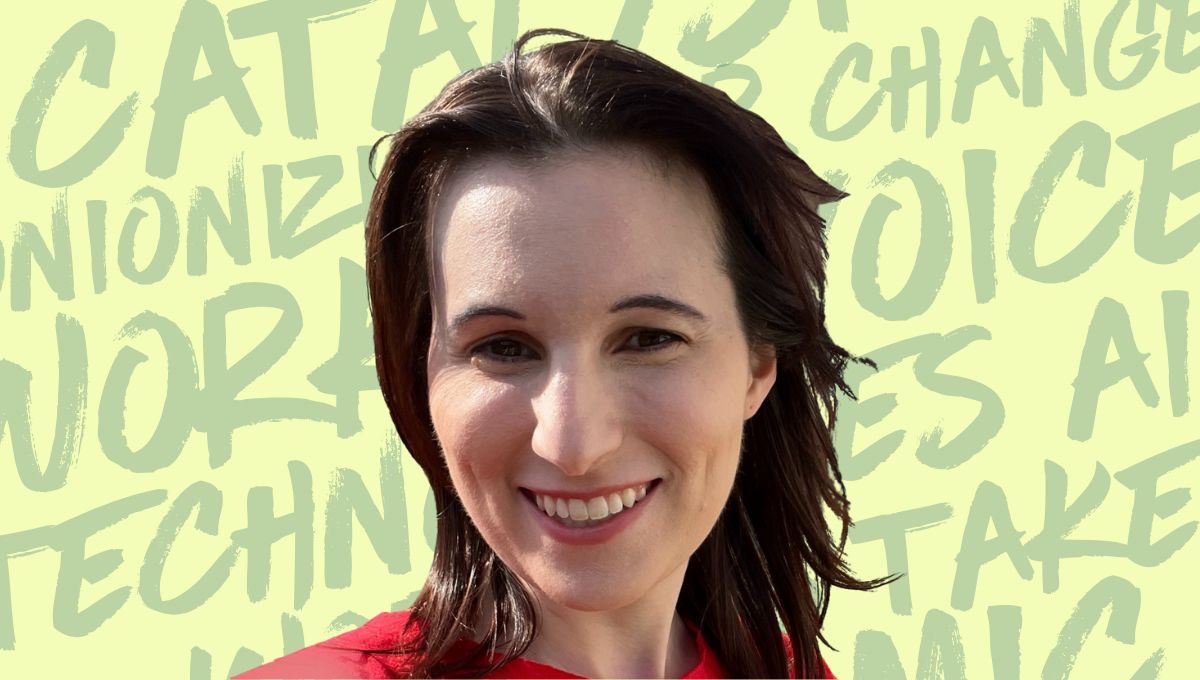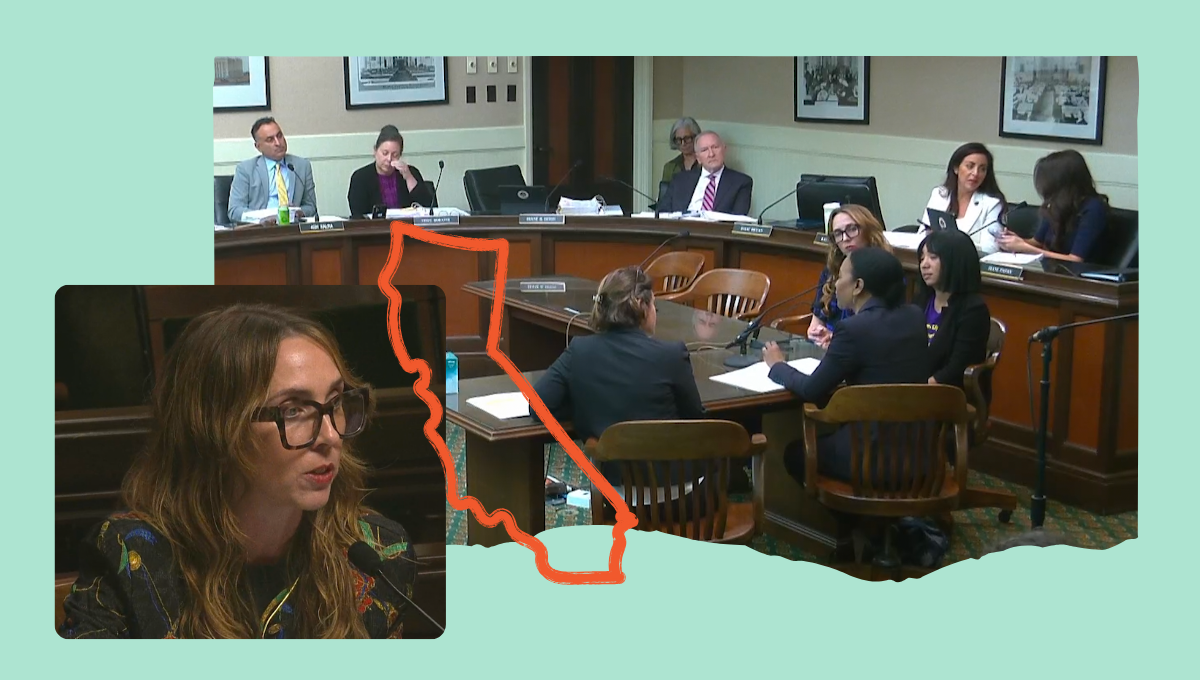The Business Case for an Equity Strategy Part 5: Activate Employees to Drive Impact

In the fifth and final part of our blog series on the business case for a corporate equity strategy, we examine employee engagement strategies that can improve business outcomes and relationships with the community. You can read up on parts 1–4 and explore how strategies, like hiring locally and leveraging your product for good, can build trust within the community and drive increased business outcomes.
Tech companies have been providing employees with things like free meals and beer on tap as a way of driving employee engagement and internal culture for years. This blog post will examine how tech companies can best utilize other engagement tactics like charitable giving, employee volunteering, and employee resource groups (ERGs) to more meaningfully engage employees. When companies establish employee engagement practices that align with employees’ interests and values, they’ll improve business outcomes and build deeper relationships with the community through authentic employee engagement.
Volunteering, charitable giving, and employee resource groups are long-standing models used by tech companies to keep employees engaged and bought into the work of the company. Part 1 of this series looked at workforce demographics and the key topics the workforce of tomorrow is engaging with. Millennials and Generation Z workers are poised to make up the majority of the workforce in the next few years and they care deeply about working for companies that align with their values. Tech companies can retain and engage Millennials and Generation Z workers by offering employee engagement opportunities that allow workers to support the causes they believe in.
Employee volunteerism is a great tool for driving positive internal culture and deeper relationships with the community. Deloitte’s Volunteer Impact Research looks at several aspects of the power of employee volunteerism within the corporate space. Their Impact Survey on Employee Engagement reports that employees are happier, more loyal to their company, and more likely to recommend their company to friends when they participate in company-sponsored volunteer opportunities.
Deloitte also measured the impact of corporate community engagement. Their 2010 report found that while companies have the potential to drive solutions to social issues, they often didn’t take a business-oriented approach to volunteer programs. This limited the impact of volunteer efforts. Tech companies in the Bay are shifting their efforts from one-off clean up the beach or park activities, to investing in more robust employee engagement efforts.
For example, Box, Salesforce.org, DocuSign, Okta, Splunk, Tableau and Twilio* all teamed up with humanitarian organizations to form #ImpactCloud. #ImpactCloud is a coalition of tech companies and community organizations working to utilize cloud-based technology to support better crisis response solutions. This allows tech companies to leverage their product for good while providing employees meaningful opportunities for skills-based volunteerism and creating innovative solutions to crisis response.
Charitable matching is another important resource for companies to support organizations that are important to their staff. Companies like Google and GitHub* boast generous matching programs as an employee perk. For example, Google will match donations made by employees up to $6,000 per year. Both Google and GitHub also offer volunteer grants; for every hour an employee volunteers, the company will donate a set amount to the nonprofit.
Donation matching programs also allow employees to create innovative models to distribute funds. While many companies offer matching programs, funds will often go unused. This may happen for a variety of reasons; the process is too clunky, not all employees make regular charitable donations, etc. TechEquity member, Tiffany Price, organized an internal pitch-fest at the Kapor Center* last year to utilize funds that otherwise would have gone unused.
Tiffany first created a community giving pool that employees could allocate their unused matching funds to. For the pitch-fest, employees were given a couple of minutes to entice their peers to give to an organization they were passionate about. The creation of the community giving pool and pitch-fest allowed Kapor to donate $36,000 that otherwise would have gone unused. The pitch-fest helped to meaningfully engage employees and ensure that available company funds were distributed to the community.
Finally, ERGs are employee-led affinity groups that exist within many tech companies. ERGs help build a sense of belonging and engagement for women, people of color, LGBTQ+, remote workers, and many more. ERGs are a useful tool for supporting community initiatives through employee-led efforts.
ERGs can be an important tool for driving company goals. For example, if a company has a goal of including more diverse candidates in their hiring pipeline, ERGs can support this by referring community members they partner with for open roles. Companies that support ERGs with executive sponsors and corporate budgets go a step further in ensuring that groups will be successful in driving impact.
Meaningful employee engagement builds a stronger company culture and has the potential to build stronger relationships with community organizations. Many tech companies are likely already offering employee volunteer opportunities and matching programs, and supporting ERGs, but have room to improve. When companies take a business-oriented approach to employee engagement they ensure better business outcomes and community engagement. Focusing on how these employee engagement strategies can drive company goals and empowering employees to take the lead is a win-win; it just takes a little extra investment.
*TechEquity Corporate Partner
If you work for a tech company and you’re looking to deepen your company’s community engagement, get in touch! We’d love to chat.





